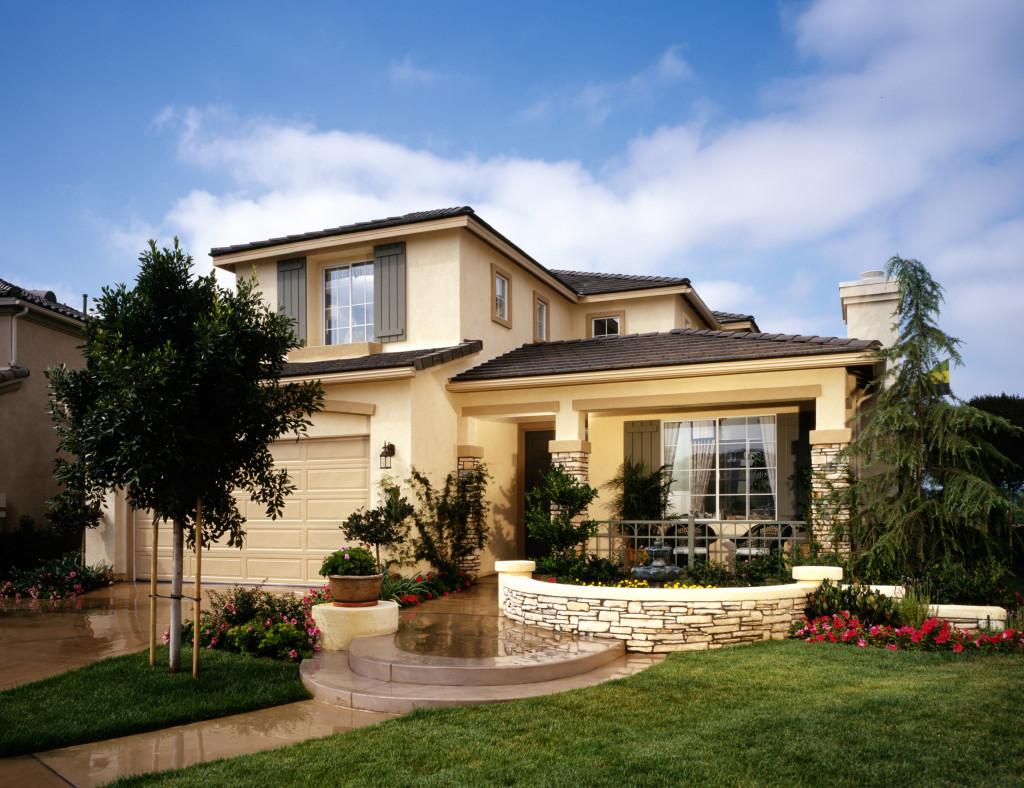Sustainable homes are becoming more popular each year as people become more aware of the importance of sustainable living. While there are many ways to make your home more sustainable, it can be tricky to know where to start. Here are several tips to help you build a sustainable home.
Use sustainable materials
Even though you’re tempted to buy an existing home, you should consider looking for land for sale. Buying land allows you to build a sustainable home from scratch. Starting from scratch also allows you to use sustainable materials for the house.
If you’re set on an existing home, research the building materials used. You want to avoid harmful chemicals and toxins that could potentially leach into your home. Sustainable materials are often made from recycled content, so they help to reduce the overall impact on the environment.
There are many different types of sustainable materials available, so be sure to ask your builder or contractor for more information.

Install energy-efficient windows
One of the best ways to make your home more sustainable is to install energy-efficient windows. These windows help keep your home cooler in the summer and warmer in the winter, which can save you money on your energy bills.
Energy-efficient windows help reduce the amount of energy wasted each year. Additionally, energy-efficient windows can help improve your home’s resale value.
Replace old appliances with energy-efficient models
Energy-efficient appliances are important for two reasons. First, they save energy, which is good for the environment and helps to reduce greenhouse gas emissions. Second, they save money on energy bills. By replacing old appliances with energy-efficient models, you can reduce your carbon footprint and save money on your utility bills.
In addition, many energy-efficient appliances come with federal tax credits so that you can save even more money. Finally, using energy-efficient appliances can help reduce your carbon footprint because they use less energy overall. Therefore, it is beneficial to replace old appliances with energy-efficient models.
Install insulation to reduce heat loss and promote airflow
Installing insulation is one of the most important steps you can take to make your home more sustainable. Insulation helps keep your home warm in winter and cool in summer, and it also reduces heat loss, which can save you money on your energy bills. Proper insulation helps promote airflow, which can improve your home’s comfort and indoor air quality.
There are a variety of insulation materials available on the market, so it’s important to choose the right one for your home. If you’re not sure which type of insulation is best for you, consult with a professional contractor or energy auditor. Once you’ve selected the right material, follow the manufacturer’s instructions carefully to ensure proper installation.
Add a green roof for natural drainage and stormwater management
One of the best ways to manage stormwater runoff is to install a green roof. Green roofs are covered with vegetation and help absorb rainfall, reducing the amount of water that flows into storm drains and sewers. In addition, green roofs can provide natural insulation for your home, helping to reduce energy costs.
If you’re interested in installing a green roof, there are a few things to keep in mind. First, it’s important to make sure that your roof can support the weight of the vegetation. Second, you’ll need to choose the right plants for your climate and roof type. And finally, you’ll need to water and care for your green roof to keep it healthy.
Collect rainwater for irrigation purposes
Water is one of the most important natural resources on the planet, and it is becoming increasingly scarce. One way to reduce your water consumption is to collect rainwater for irrigation purposes. This can be done by installing a rainwater collection system on your property.
Another way to save water is to use drought-tolerant plants in your landscaping. These types of plants require less water to thrive, so they can help you save on your water bill.
Install solar panels on the roof
Solar panels are a great way to make your home more sustainable. They can help reduce your energy bill and minimize your carbon footprint. Plus, they can increase the value of your home.
When installing solar panels, you should assess your energy needs. You should also compare different types of solar panels and find the one that best suits your needs. Then, you should get quotes from different solar panel providers. And finally, install the system. This is usually a quick and easy process.
There are many ways to make your home more sustainable. From installing insulation, rainwater collection systems, and green roofs, to solar panels for energy-saving purposes; the options are plentiful. However, if you decide to go about it, making small changes to reduce your environmental impact will add up over time.

